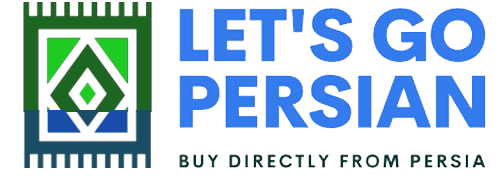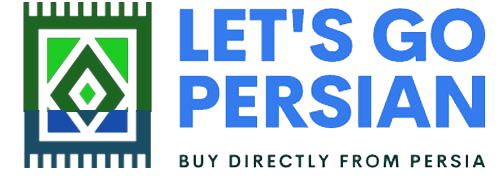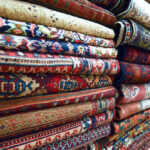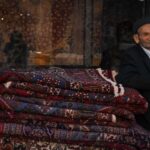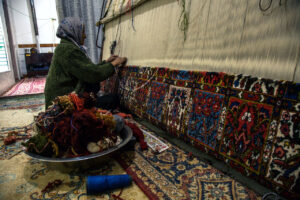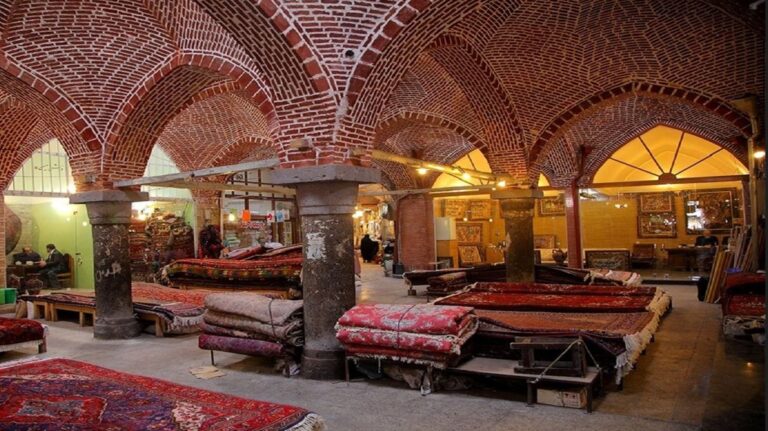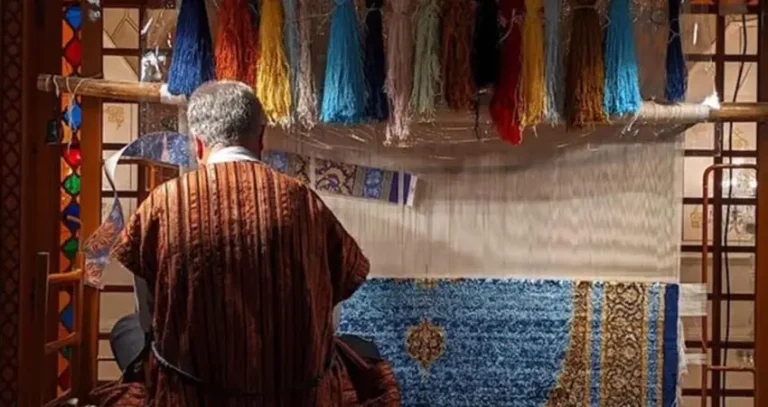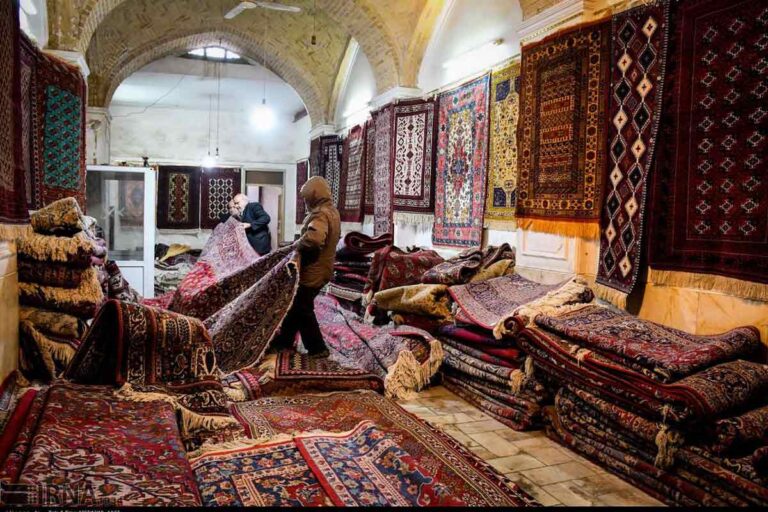Types of Wool Used in Persian Handmade Carpets
Recognize Persian Rugs by Region from Design & Pattern
Since ancient times, carpet weaving has been practiced throughout Iran, including in cities, villages, and among various nomadic tribes. The term carpet refers to both pile rugs (qālī) and flatweaves like kilims, though in this article, our focus is primarily on knotted pile rugs.
The authenticity of Persian carpets from different regions has always been shaped by more than just design and motifs. These regional carpets carry deep cultural and historical roots, while also reflecting the environmental conditions of their origin. Although globalization and modern transportation have made it easier to exchange materials and patterns between cities, regional identities in Persian rug weaving still hold strong.
For instance, it is now possible to weave a rug using a Tabriz design, with Australian wool, European dyes, dyed in Arak, and finally woven in Neyshabur—a process that blends influences from across the world.
Across the many carpet-producing regions of Iran, the rugs vary in several important aspects, including:
-
Design and motif
-
Type of wool and materials used
-
Natural dyes and dyeing practices
-
Knot type and weaving technique
-
Pile height
-
Common sizes and formats
Why Are There So Many Differences?
Imagine a time when communication and travel between cities and villages was limited. Each ethnic group and region developed its own artistic preferences based on its local environment, which greatly influenced everything from color palettes to weaving styles.
Weavers relied primarily on locally available dye plants. This is why certain colors are dominant in some regions but almost absent in others. Even when similar dye sources (like madder root) existed across the country, differences in climate and soil affected the resulting colors. For instance, madder grown in western Iran produced a different tone than that from the east.
Regional Wool Differences
Another important factor is wool quality, which depends on sheep breed and local climate. In mountainous and colder areas, sheep grow thicker and coarser wool, while in warmer regions, the wool is softer and finer. As a result, carpets from Azerbaijan and Kurdistan often feel rougher and denser compared to Khorasan rugs, which are known for their softness.
These natural and environmental elements have long influenced the identity and reputation of carpets from each region.
Cultural and Environmental Influences
The authenticity of older Persian carpets isn’t defined solely by their patterns or colors but also by materials and environmental factors. While increased communication and the exchange of weaving supplies have blurred some of these regional lines, distinct characteristics remain and continue to make each region’s carpets unique.
For example:
-
Bijar carpets are known for their compact weaving, heavy weight, and high durability. They are so strong that they are often called the “Iron Carpets of Persia” in Europe.
-
In contrast, Yalameh carpets—woven by Turkic nomads in Isfahan Province—are made entirely from wool (pile, warp, and weft), giving them a lighter, softer, and more flexible structure.
Beyond Patterns and Colors
When we talk about Persian carpets from a specific region, it’s not just about aesthetic design. The technical aspects—like knot density, weaving tension, tools used, and even how hard the weaver beats the rows down—play a crucial role.
Even if we replicate the exact design and materials of a Bijar rug in another city, the final product would still differ from an authentic Bijar carpet due to differences in weaving culture, tension, and craftsmanship.
This holds true across all regions of Iran: the distinct identity of each Persian carpet comes from a complex blend of local tradition, environmental conditions, and technical practices.
Nomadic Weaving Traditions
A large number of Persian carpets are woven by nomadic tribes who migrate seasonally and are not bound to one fixed city or village. For such carpets, it is more accurate to identify them by tribe or ethnic group rather than geographic origin. Examples include:
-
Turkmen
-
Qashqai
-
Bakhtiari
-
Shahsavan
-
Lur
-
Kurd
These groups have maintained their weaving traditions even when forcibly relocated or resettled throughout history. Although migration may have introduced changes in design, color palette, or materials, the tribal name often remains the defining label—such as with the Afshar tribe, originally from Anatolia, relocated to Iran during the Safavid era, and now spread across several provinces.
Rugs Known by Type Rather Than Region
In some cases, rugs are more commonly identified by specific styles or names rather than the tribe or region. For example:
-
Yalameh: Woven by Turkic-speaking nomads in Isfahan Province.
-
Gabbeh: Woven by nomads of Fars Province, especially Lur and Qashqai tribes.
These terms refer to the type of rug rather than a specific location or tribe and are widely recognized in the market.
Famous Cities with Distinct Weaving Identities
Some provinces contain multiple rug-producing cities, each with its own distinctive identity. Although these cities may lie within the same province, they should not be grouped together. For example:
-
In East Azerbaijan: Tabriz vs. Heris
-
In Markazi Province: Farahan vs. Sarouk
-
In Hamedan Province: Malayer vs. Tuyserkan
Each city or town has developed unique characteristics in terms of motifs, materials, knotting techniques, pile height, and other qualities, making each style a subject of its own study.
A Rich Foundation for Future Exploration
This post serves as a brief introduction to the diversity of Persian carpets across Iran’s regions. In upcoming articles, we’ll explore the specific features of carpets from individual weaving centers in more detail.
If you’re a collector, enthusiast, or simply curious about Persian rugs, we welcome your comments, insights, or experiences with these regional styles.
